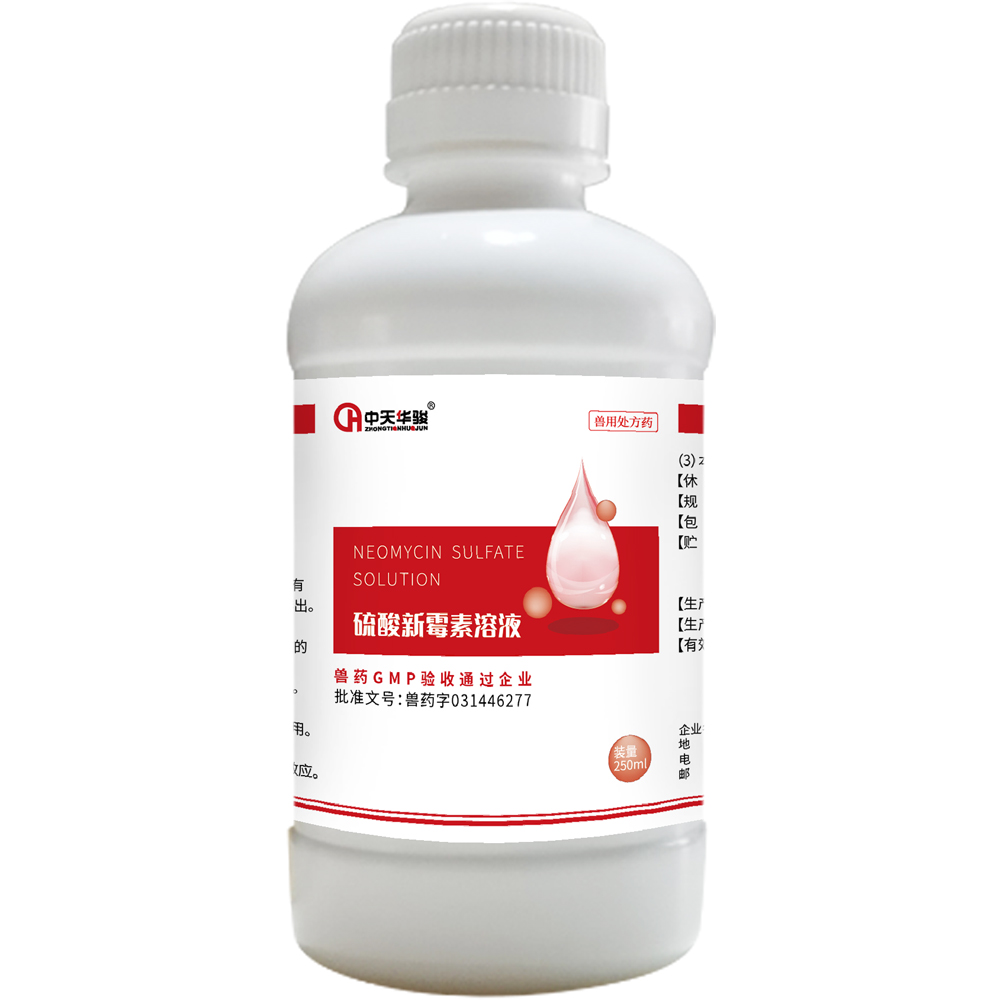
Ago . 19, 2024 16:10 Back to list
Understanding Necrotic Enteritis in Chickens Within Poultry Production Environments
Necrotic Enteritis in Chickens Understanding and Mitigation in Poultry Farming
Necrotic enteritis is a significant health concern in poultry, especially in broiler chickens. This debilitating disease is primarily caused by the overgrowth of Clostridium perfringens, a bacterium that can disrupt the intestinal microbiota, leading to severe inflammation and necrosis of the intestinal lining. As poultry farming becomes increasingly intensive, understanding and mitigating the risks of necrotic enteritis is crucial for ensuring the health of flocks and the profitability of livestock operations.
Understanding Necrotic Enteritis
Necrotic enteritis is characterized by bacterial overgrowth in the intestines, which can lead to acute mortality and production losses in poultry farms. The condition typically arises when there is an imbalance in the gut microbiota, often triggered by factors such as dietary changes, stress, and disruption of biosecurity measures. Symptoms of this disease include lethargy, decreased feed intake, diarrhea, and the presence of dead birds found in the flock. Although necrotic enteritis can affect chickens of any age, it is particularly prevalent in broilers raised for meat production.
The disease process is initiated when Clostridium perfringens spores ingested by the chickens germinate under favorable conditions. This can occur when there is an excessive amount of undigested feed in the intestines, usually due to high-energy diets that may not be adequately fermented. The bacteria produce toxins that damage the intestinal mucosa, leading to inflammation and the death of tissue, thereby resulting in significant morbidity and potential mortality.
Risk Factors
Several factors can predispose chickens to necrotic enteritis. Poor management practices, such as inadequate feeding strategies, overcrowding, and inadequate sanitation, can increase the likelihood of bacterial overgrowth. Additionally, the use of certain feed additives, antibiotics, or coccidiostats, while intended to promote growth or prevent disease, may inadvertently disrupt the gut microbiome balance, further escalating the risk.
necrotic enteritis in chickens factories

Environmental stressors also play a role in the development of this disease. High temperatures, poor ventilation, and suboptimal housing conditions can weaken birds' immune systems, making them more susceptible to infections. Therefore, ensuring a healthy environment is paramount for preventing necrotic enteritis.
Prevention and Management Strategies
Addressing necrotic enteritis in poultry farming requires a multifaceted approach. First and foremost, biosecurity measures should be enhanced to prevent the introduction and spread of pathogens. This includes monitoring and controlling feed quality, managing bird density, and maintaining strict sanitation protocols.
Dietary management is also essential. Formulating diets that align with the nutritional requirements of the birds while promoting a balanced gut microbiota can help mitigate the risk of necrotic enteritis. Including probiotics, prebiotics, and organic acids in feed formulations has shown promise in improving gut health and reducing the population of harmful bacteria.
Additionally, incorporating regular health checks and veterinary supervision can facilitate early detection and management of necrotic enteritis. In cases where a flock is affected, it is crucial to implement rapid response measures, including the potential use of antibiotics under veterinary guidance. However, reliance on antibiotics should be minimized to prevent further resistance development.
Conclusion
Necrotic enteritis poses a significant challenge to poultry farmers, impacting both animal welfare and economic viability. By understanding the risk factors and implementing comprehensive management strategies—such as improving biosecurity, optimizing nutrition, and fostering a healthy environment—poultry producers can effectively reduce the incidence of this disease. With continued research and innovation in poultry health management, the industry can strive toward minimizing the impact of necrotic enteritis, ensuring the sustainability and prosperity of poultry farming.
-
Premium Young Chicken - Leading Young Chicken Manufacturer & Supplier for Fresh Poultry Needs
NewsJul.08,2025
-
Enterococcus Faecalis Mold Remover – Powerful & Safe Solution from Trusted Manufacturer
NewsJul.08,2025
-
Premium Diarrhea Treatment Solutions Leading Diarrhea Factories & Suppliers
NewsJul.08,2025
-
High-Quality Blisters Manufacturer & Supplier Reliable Blisters Factory
NewsJul.07,2025
-
High-Quality Skeleton Development Services Leading Factory, Manufacturer & Supplier
NewsJul.07,2025
-
High-Quality Cockscomb Turns White Reliable Manufacturer & Supplier Factory
NewsJul.07,2025




